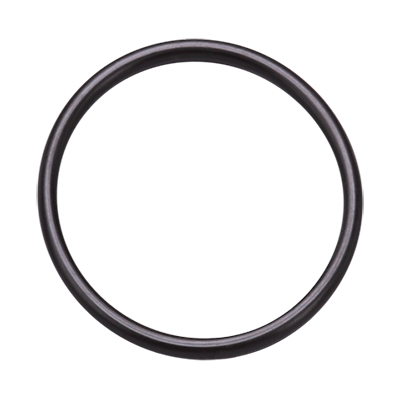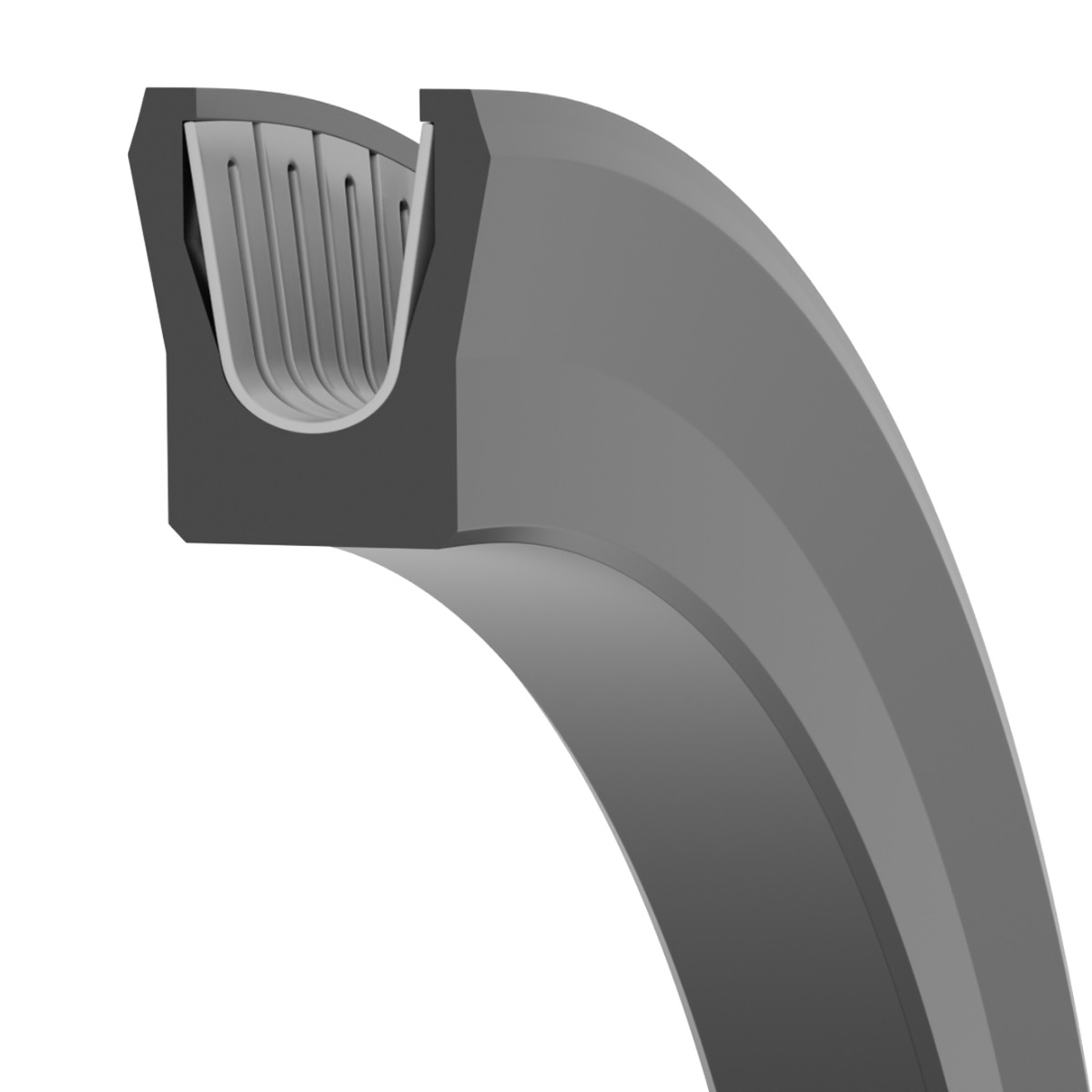Spring Energized Polymer Seals and O-Rings are very different products, yet they can ultimately accomplish the same goal of sealing a system.
The humble O-Ring is, in simplest terms, a ring of rubber. A Spring Energized Seal consists of an engineered plastic jacket, usually a PTFE blend or UHMW-PE, and a metallic spring element. One is made in quantities of tens of thousands and then stocked on a shelf, one is machined and assembled per individual order.
While both are seals, their commonality in design, intent, and functionality is limited. The applications where each is successfully employed can be very different.
But is a Spring Energized Seal always better than an O-Ring? Below we’ll discuss some of the strengths and weaknesses of each of these seals and why some applications might benefit more from one than the other.
O-Rings
One of the chief advantages of the O-Ring is also one of the most obvious: cost and availability. It’s hard to argue with a seal that can cost only a few cents.
There are many applications, particularly in high-volume consumer products, that would likely benefit greatly from the advantages of a Spring Energized Seal. But a seal that costs dollars instead of cents can’t be financially viable in some products. Despite potentially being inferior in sealing performance and wear life, an O-Ring might be the best option simply due to price.
Being affordable isn’t the only advantage of the O-Ring. If operating within the recommended parameters of the material, an O-Ring will typically provide far better sealability than a PTFE Spring Energized Seal. Being a soft elastomeric material allows it to conform to hardware surface irregularities with ease.
In many cases, an O-Ring can approach “zero-leak” sealing performance. Most of the time this can be accomplished on poor or “as machined” hardware surface finishes. This can’t always be said for Spring Energized Seals, which even under the best of circumstances can allow small amounts of leakage with some media.
Another key advantage of O-Rings is the ease of installation and handling. Installation is often as simple as stretching the O-Ring into a groove. The procedure is intuitive, uncomplicated, and difficult to get wrong.
Spring Energized Seals, on the other hand, can be easily damaged with improper handling. Scratches or gouges to the sealing surfaces might not be immediately apparent but ultimately result in leakage.
Spring Energized Seals are also directional, meaning they must be installed facing the right direction to operate correctly. Some amount of product knowledge and proper handling techniques will be necessary for correct installation.
The disadvantages of O-Rings will become apparent when we talk about the benefits of Spring Energized Seals.
Spring Energized Seals
Because of the attractive price point and ease of availability, many applications start life with O-Rings in place. If the sealing system is functioning satisfactorily with O-Rings, there’s little reason to change. But in many cases, the humble O-Ring falls short of the desired goals.
While O-Rings frequently work great in static sealing applications, as soon as dynamic sealing is required, immediate weaknesses can be seen. A Spring Energized PTFE or UHMW-PE seal can provide long-lasting sealing performance in applications where an O-Ring would be shredded in minutes.
The higher the speed of the motion, whether reciprocating or rotary, the more likely a Spring Energized Seal will be needed. PTFE’s ability to run without lubrication also presents a distinct advantage.
The coefficient of friction of PTFE can be more than 10 times lower than that of most elastomeric O-Ring materials. Applications that are friction and torque-sensitive, such as precision robotics, will benefit greatly from a PTFE Spring Energized Seal. Problems such as “stick-slip” are mitigated when using PTFE versus an O-Ring.
The engineered spring energizers also contribute to favorable friction characteristics. Canted Coil Spring is specifically designed to provide constant load over a varying deflection range making it ideal for rotary and precision applications.
Conversely, some applications will require very high spring loading to perform as intended. Cantilever V-Spring can provide a high point load on a specific point of the seal. This combined with a UHMW-PE jacket will supply excellent media scraping and wear life in reciprocating applications.
Machinery such as epoxy or adhesive dispensing equipment demand Spring Energized Seals. These conditions are far outside the capability of any O-Ring.
Spring Energized Seals’ ability to handle temperature ranges from deep cryogenics to over 500°F, also marks a distinct advantage over most O-Rings. Some applications might function fine with O-Rings at ambient temperatures, but when testing at the extremes, leakage occurs.
Some aerospace requirements mandate sealing performance at -70°F. This is just beyond what most elastomers are rated for. A Spring Energized Seal has this covered with ease.
It’s usually standard procedure to check through chemical compatibility charts when selecting an O-Ring. Some caustic chemicals and compounds are simply not compatible with the common O-Ring materials. A Spring Energized Seal with a PTFE jacket is virtually impervious to all but a few specific substances on Earth.
Shelf life and cure date are also important considerations when using O-Rings. PTFE Spring Energized Seals have an indefinite shelf life and are impermeable to UV and aging degradation.
Applications that require long service life can benefit from these aspects. An O-Ring might function perfectly in a waterway gate for a large dam. But a service interval requirement of 50+ years will make a Spring Energized Seal the best choice.
This article was written by Doug Montgomery, Engineer at Eclipse Engineering. Gallagher is an authorized distributor for Eclipse Engineering. The original article can be found here.
For more information about spring energized seals or o-rings, contact Gallagher Fluid Seals today.


